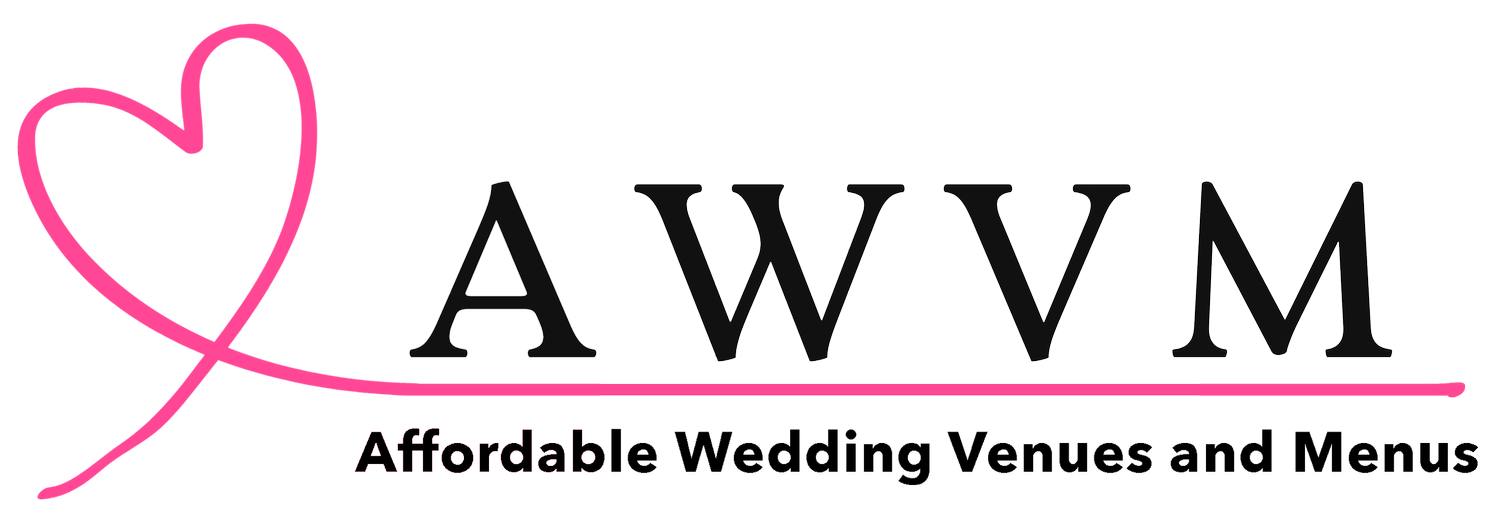The Most Popular Jewish Wedding Traditions
A bride and groom share their first sip of wine under their wedding chuppah. Photo Credit: The Knot.
Judaism is more than a monotheistic religion. It’s a way of life for the millions of Jewish people who practice the faith.
This means they follow a set of traditions, laws, and cultural practices that intertwine their beliefs into the most important moments of their lives.
If you’ve been invited to celebrate a Jewish wedding or are planning a wedding yourself, you’ll want to know what traditions to expect.
This will allow you to build a deep connection with the event and understand why each decision is so meaningful to the spiritual journal of the happy couple.
Here are the most common Jewish wedding traditions you’ll see at any ceremony or reception, plus some gift ideas for the couple!
Essential Pre-Wedding Rituals
A glowing bride enjoys her hachnasat hand in hand with the female members of her family courtesy of Julian Ribinik Photograph
Hachnasat Kallah & Tisch
Jewish families will honor the happy couple with special celebrations prior to the actual wedding ceremony. The Hachnasat Kallah, or celebrating the bride, and the Tisch, the Groom’s Table, take place prior to the wedding in two separate rooms.
Guests will be separated by gender. The couple will not see each other prior to the ceremony. Activities in each room vary but can include Torah study, drinking, and singing traditional songs.
Modern couples no longer divide this celebration by gender, allowing guests to mingle between the two rooms so they can visit with all of the attendees.
Aufruf for Blessings
Aufruf takes place the Saturday before the wedding. The groom will visit the Torah and recite a blessing.
In the past, the groom completed this ritual alone, but nowadays, many Jewish couples perform these blessings together. Once they recite the aliyah, they will receive blessings from the congregation and their rabbi.
Some synagogues will throw candy to represent the sweetness of life once the tradition is complete!
Fasting Before the Wedding
Certain Jewish communities will require the couples to fast. This starts at sundown on the evening prior to the wedding. The fast is broken with a glass of wine at the ceremony.
Fasting is thought to purify the couple before marriage so they start their new life on the right foot.
Veiling the Bride
Also known as the veiling of the bride, this is the first time the bride and groom see each other on the wedding day.
It stems from the story of Jacob in the bible, where he did not see his bride’s face prior to marrying her. He later found out he was tricked into marrying the wrong sister.
The couple’s fathers and all the men in the ceremony lead the groom to the bride’s quarters. She is surrounded by all the women as well as both mothers.
The groom finds his bride and lowers the wedding veil over her face. This also indicates that he’s interested in just her inner beauty.
Signing the Ketubah
A groom signs the wedding contract as his smiling bride looks on via Bridal Guide Magazine on Pinterest
This tradition involves one or both members of the happy couple signing a marriage contract.
While it may appear that the groom is claiming his bride, it actually focuses on the bride's willingness to marry him and her rights within the relationship. She will keep it as proof of her rights and evidence of the groom’s responsibilities under Jewish law.
In some Jewish communities, like the Orthodox sector, only the groom signs a Ketubah, or marriage contract. Others, like the Conservative or Reform communities, will have the bride sign as well, with additional lines for female witnesses.
Traditions During the Wedding Ceremony
A stunning, brightly colored floral wedding chuppah. Photo credit: June Bug Weddings
The Wedding Canopy
This element has been a staple in Jewish wedding celebrations since the faith’s nomadic days in the desert. Back then, weddings were held outdoors and the canopy provided shade, comfort, and created a sacred space.
Also known as the chuppah, this wedding canopy has four posts and allows the couple to personalize their ceremony.
Each post is held up by family members and special friends, reflecting the support they offer the newlyweds. However, some couples opt for a free-standing chuppah.
There’s no formal requirements, so the bride and groom truly choose how to incorporate this time-honored tradition into their ceremony.
Circling the Groom Seven Times
As the ceremony begins, the couple will enter the chuppah. Then, the bride will circle the groom seven times.
The number seven is significant to the Jewish faith. In this case, it represents the seven days of creation and the seven wedding blessings. It also shows that the groom is the center of her world.
Betrothal Ceremony
A bride and groom receive wedding blessings from their rabbi courtesy of Clarence House.
Also known as the kiddushin, this is the start of the true Jewish wedding ceremony. The rabbi will lead greetings and blessings over wine. The couple will sip the wine, breaking their pre-wedding fast.
Then the groom will recite an ancient phrase while placing a wedding band on the bride’s right hand. Some communities allow a double ring ceremony, where the bride repeats this process for the groom.
Nissuin and the Seven Blessings
Next, the nissuin involves the true union of the couple. The sheva b’rachot, or seven blessings, will be said over a second cup of wine.
Combined with the wine from the kiddushin, these represent the nuptials and the true betrothal of the bride and groom.
In some communities, the bride and groom will be wrapped in a tallit, or prayer shawl, by their parents. The rabbi can say all seven blessings or the honor can be shared with special family members and friends.
They can be said in Hebrew or modern English.
Breaking the Glass
A groom enthusiastically smashes the glass at the end of his wedding ceremony. Courtesy of Iserwa.
This is probably the most famous Jewish wedding tradition of them all! The rabbi will place a glass wrapped in cloth at the groom's feet. He or both newlyweds will break the glass. Once the sound is heard, the crowd will shout “Mazel Tov!”
This trial represents the destruction of the Jerusalem temple and reminds the couple that relationships are fragile and must be cared for forever.
Common Post-Ceremony Traditions
Seclusion
Before the couple celebrates their wedding reception, they will partake in yihud, or seclusion. After the whirlwind of wedding prep and the ceremony, the couple can finally focus on the most important part: each other.
The newlyweds will enter a private room for about 15 minutes of quiet personal time. No one else is allowed in the room until they emerge, ready to celebrate their union.
In some communities, this is where the couple will feed each other their first bite of food since their fast began. Others just take time to decompress and enjoy their new spouse.
The Traditional Hora and Mitzvah Dances
Wedding guests listing the bride and groom during the hora. Photo credit: Person + Jullian Photography
Also known as the chair dance, this is an event many Jewish wedding guests look forward to. Dances are a huge part of Jewish receptions. In some communities, men and women must dance separately.
During the Hora, the couple sits in chairs. The guests will hoist them into the area and sing the traditional song, Hava Nagila. The guests not supporting the chairs will dance in circles around the happy couple.
The mitzvah dances are set to honor and entertain the bride and groom, who are seated in the hora chairs (except on the ground!
Friends and family members dance for them using costumes and props. The goal is to make them laugh! It truly is a highlight of the reception.
Mezinke
This ritual is the last step in the string of important Jewish wedding traditions. It’s also known as the krenzel, which is Yiddish for crown. Mezinke is reserved for weddings where the parents have just married off their youngest child.
During this tradition, a crown of flowers is placed in the hair of the mothers. Guests place the parents on the dance floor and dance around them. They kiss them as they pass as a nod to their now “empty nest.”
Jewish Wedding Gifts: What to Bring
When you attend any wedding, gifts are a fundamental part. They are intended to help the bride and groom start their new life together on the right foot.
For a Jewish wedding, most guests choose to give checks or cash with a kind wedding card message attached! This is so the bride and groom can use it to establish themselves. Jewish tradition dictates that the amount is a multiple of $18, like $72, $108, or $324.
That’s because the number 18 is a symbol for life, and the money is intended to improve the couple’s life together. Some Jewish couples have a registry for household items. They may even register for Judacia.
These are religious items, like Passover plates, Sabbath candlesticks, and menorahs, so they can continue to follow their faith as they build a new family.
Choosing Your Jewish Wedding Traditions
Jewish wedding traditions have been celebrated for nearly four thousand years. Rituals and traditions elevate any wedding. They help the couple connect with their roots and honor the people who came before them.
As always, remember to treat each ritual with respect. They are meant to help the couple start their journey on the right foot and honor their Jewish faith.
If you are planning on attending a Jewish wedding, watch out for these beautiful traditions and see how they unfold!








